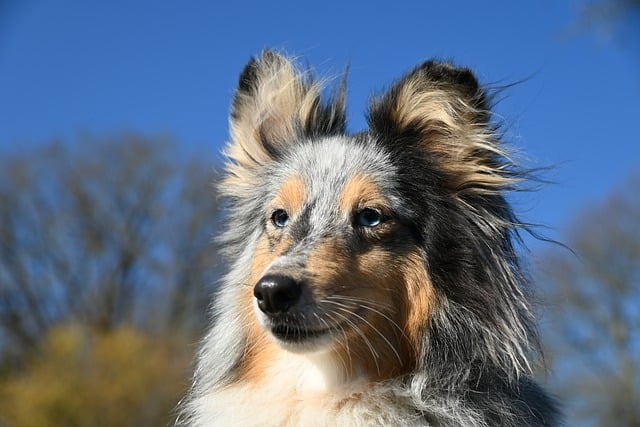
What is glaucoma in a dog?
You might notice your dog squinting more at mealtime or avoiding bright sunlight—these small changes could be early signs of a serious eye condition.
If you’ve ever watched your high-energy pup turn your living room into a tornado—knocking over plants, zooming between furniture, and barking at nothing—while you stand there wondering how to channel that chaos, you’re not alone. For new dog owners in bustling cities like Denver or Seattle, especially those with breeds like Australian Shepherds or Jack Russells, draining a dog’s excess energy isn’t just about stopping bad behavior; it’s about helping them thrive. A tired dog is a happy dog, but “tired” means more than just physical exhaustion—it requires a mix of movement, mental work, and understanding their natural instincts.
Dogs aren’t hyper out of stubbornness; their energy comes from ancient instincts. Breeds built for work—herding sheep, hunting game, or guarding homes—have bodies and brains wired for constant activity. When that drive isn’t met, their energy has nowhere to go, exploding into zoomies, chewing, or jumping. Even “lazy” breeds like Bulldogs need regular outlets—their hyperactivity might look like persistent nudging or digging instead of spinning, but it’s the same problem: pent-up energy. Think of it as a battery that needs consistent draining; skip a day, and it overflows.
So, how do you effectively drain that energy? Start with structured physical activity, but timing matters. Most dogs have peak energy in the morning, so a 30-minute brisk walk or game of fetch before breakfast burns through that initial rush. My neighbor in Portland learned this with her Border Collie: skipping morning walks led to shredded couch cushions, but adding a sunrise hike (with a frisbee toss at the park) left him napping until lunch. Then, add mental challenges—puzzle toys stuffed with kibble, short training sessions (5 minutes, max) teaching “spin” or “find it” with treats, or even hiding toys around the room for them to sniff out. Mental work tires their brains faster than a long walk tires their legs.

Your approach to guiding their energy matters too. Yelling or chasing them during zoomies only revs them up more; instead, redirect that energy into a game of tug or a quick training drill. Positive reinforcement—treating calm moments or focused behavior—teaches them that staying steady gets rewards, while hyperactivity gets no attention. Never use physical punishment; it breaks trust, and studies show kindness builds better behavior long-term. A trainer in Seattle calls this “energy matching”—your calm, patient energy helps them settle down faster than frustration ever could.
Responsible dog ownership ties directly into energy management. First, confirm their vaccines are up to date (rabies shots are required nationwide), as healthy dogs handle activity better. In apartments, schedule noisy play (like fetch) during daytime hours to avoid upsetting neighbors—early evenings are better than 7 a.m. or 10 p.m. When out, keep them leashed securely; an overexcited dog jumping on strangers violates community etiquette. Always carry biodegradable poop bags, even on quick energy-burning walks—keeping public spaces clean keeps them accessible for everyone.
Draining a high-energy dog takes consistency, not perfection. By mixing movement, mental games, and calm guidance, you’ll turn chaos into connection—watching your once-whirling pup curl up contentedly, knowing you’ve met their needs in a way that keeps both of you happy.

You might notice your dog squinting more at mealtime or avoiding bright sunlight—these small changes could be early signs of a serious eye condition.

Let’s set the scene: It’s a sweltering Phoenix afternoon—105°F outside—and you rushed your 2-year-old Lab mix, Cooper, on a quick walk to “get it over with.”

Let’s get real: You’re in your Miami apartment, watching your 3-year-old Corgi, Loki, struggle to climb the stairs to your second-floor unit.

Many dog owners brush off occasional scratching as just “dog behavior,” but persistent itching often signals something more—like a food allergy.

You might first notice your dog scratching more than usual—chewing at their paws until the fur looks thin, or rubbing their face against the couch nonstop.

Let’s be real: You’re standing in your Chicago apartment, watching your 3-year-old Beagle, Max, huff and puff just to climb onto the couch.